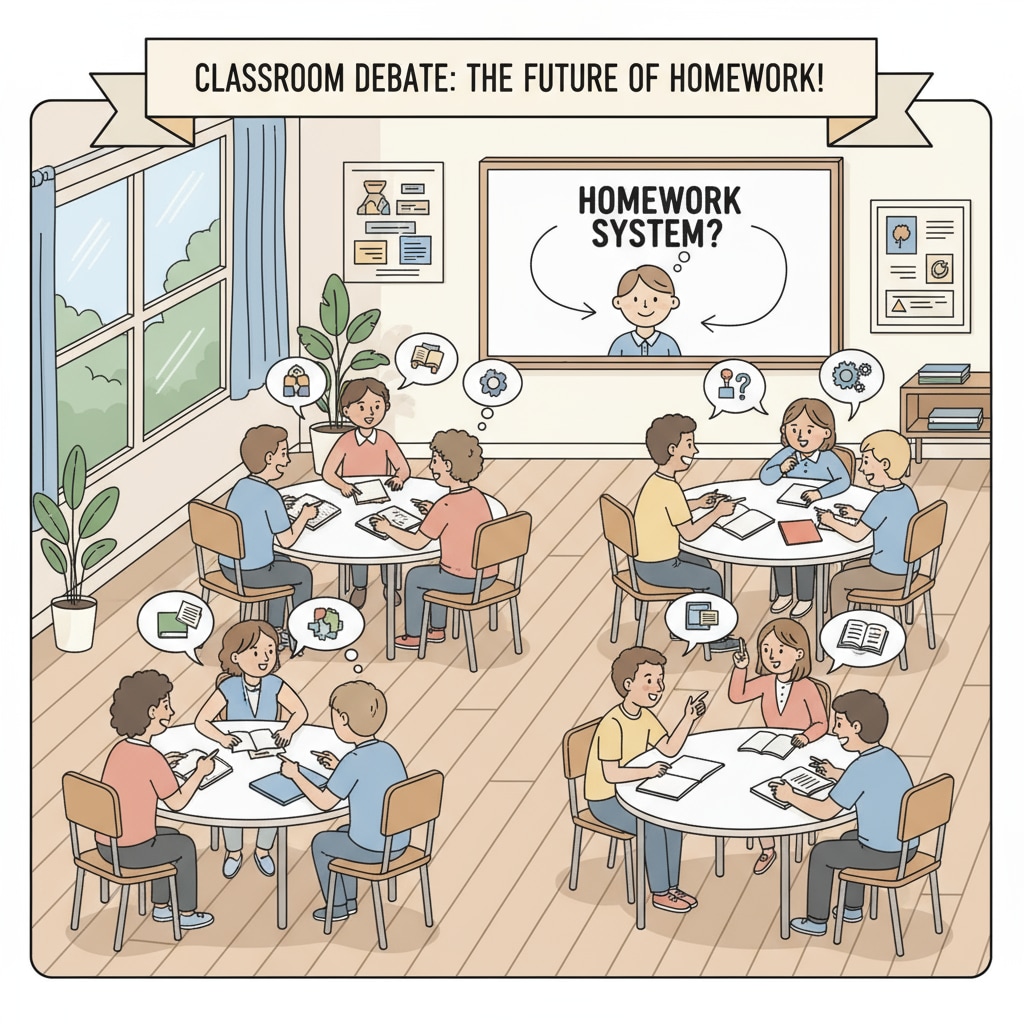In the realm of K12 education, the concepts of homework, self-motivation, and personal responsibility are intertwined in ways that significantly impact students’ learning experiences. For decades, mandatory homework has been a staple in schools, but there is a growing discussion about its effectiveness.

The Traditional Homework Model and Its Drawbacks
The traditional approach to homework in K12 education often follows a “one-size-fits-all” strategy. Teachers assign a set amount of tasks, expecting all students to complete them in a similar manner. However, this model fails to account for the diverse learning paces and styles among students. For example, some students may grasp concepts quickly and find the assigned homework repetitive, while others struggle to keep up, leading to frustration and a decrease in self-motivation. According to The National Education Association’s research on homework, many students feel overwhelmed by the volume of mandatory homework, which can negatively impact their enthusiasm for learning.

Fostering Self-Motivation through Autonomy
Allowing older students to have a say in how they complete their homework can be a game-changer. When students are given the freedom to choose, they become more invested in the learning process. This autonomy nurtures self-motivation as they are no longer forced to do tasks but rather make decisions based on their interests and learning needs. For instance, a student interested in technology might choose to create a digital project instead of writing a traditional essay. This personalized approach not only makes learning more enjoyable but also encourages students to take ownership of their education, thus developing a sense of personal responsibility. As stated in Edutopia’s article on student choice in homework, giving students options in homework can lead to increased engagement and better academic outcomes.
Readability guidance: The above content uses short paragraphs to present ideas clearly. Each H2 section has a specific focus, and external authoritative links are provided to support the arguments. Transition words like “however” and “for example” are used to make the flow of the text more natural.


